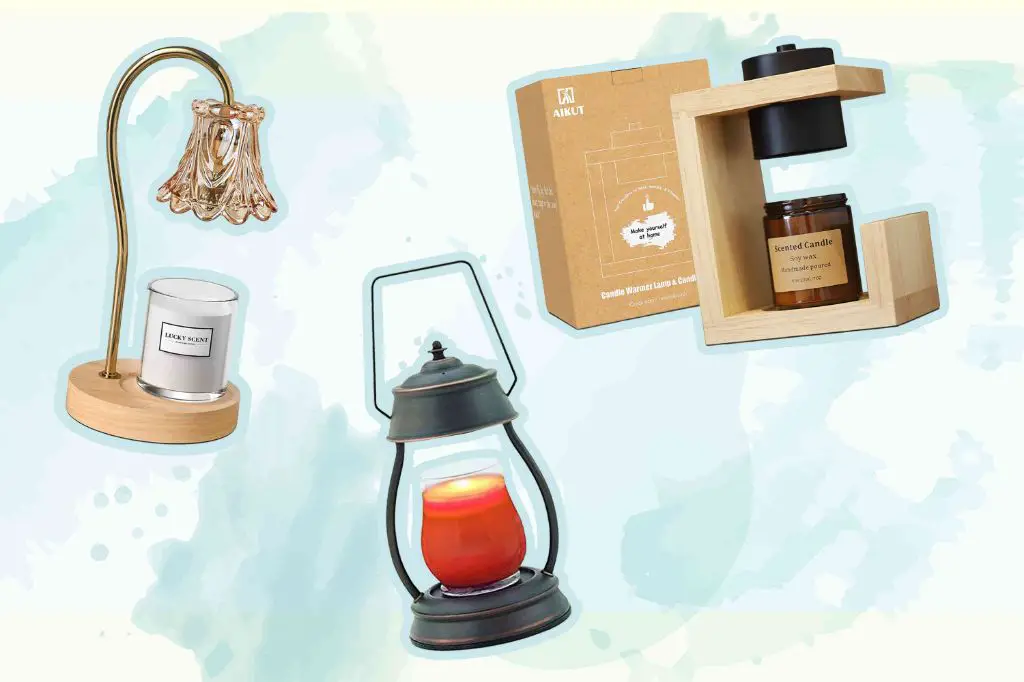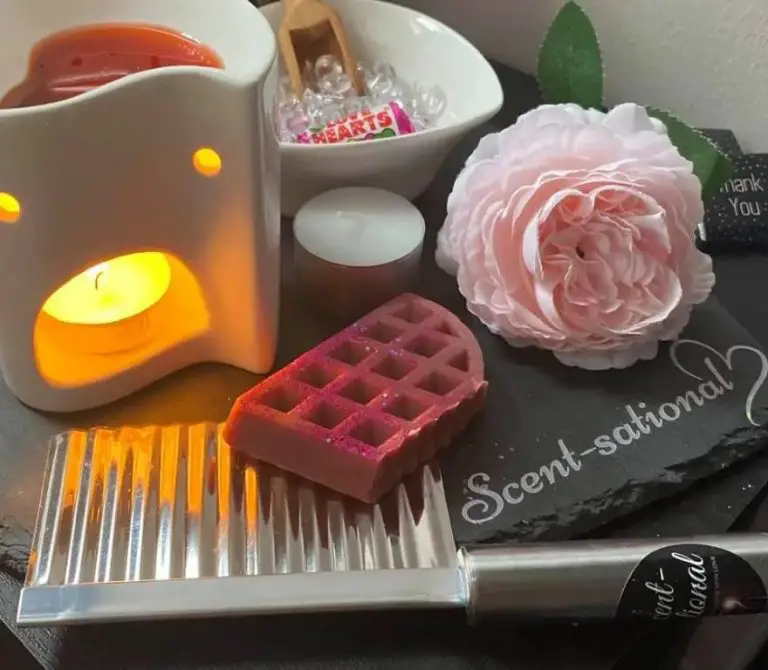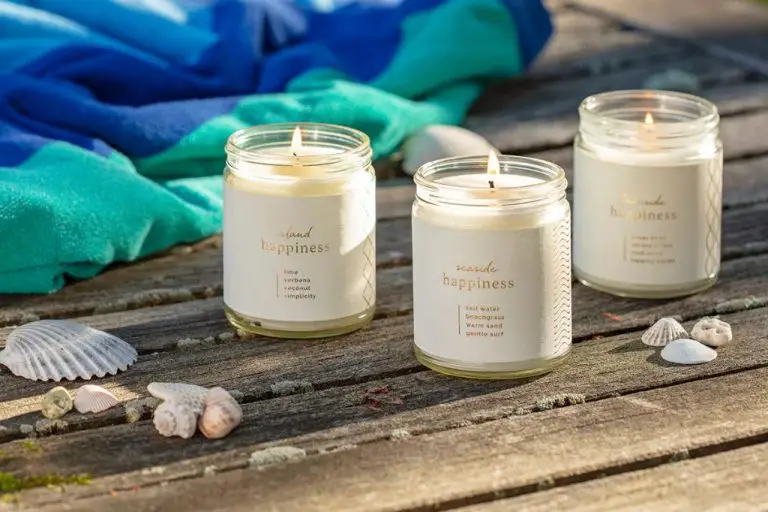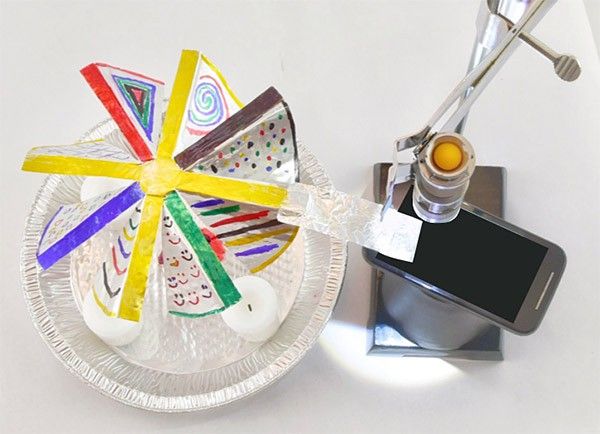Do Candle Warmer Lamps Really Work?
Candle warmers are devices that gently heat scented candles or wax melts to release their fragrance throughout a room, without actually lighting a flame. Many are equipped with a light bulb, while others use a hot plate or heated element to slowly melt the top of the wax into a liquid form.
The idea behind candle warmers is that by gradually heating and melting the wax of an unlit candle, the aroma can permeate into the air and provide a pleasant scent in the surrounding area. Once the wax has melted, the wax pool remains liquified and fragrant as long as the candle warmer remains on. Since no open flame is required, there are no smoke emissions to fill the room.
Candle warmers are often said to be safer and cleaner than burning traditional candles. The method of heating rather than burning wax helps improve scent throw without smoke or soot. They provide an alternative fragrance option for those who find lit flames concerning or dangerous.
Pros of Candle Warmers
Candle warmers have become increasingly popular as an alternative to traditional candles. They provide many benefits that make them an attractive option for those looking to enjoy candle scents safely and efficiently.
One of the biggest pros of using a candle warmer is that it releases fragrance without having to light a wick or flame. The warmer gently heats the wax using low-wattage lightbulbs or heating elements. This allows the scent to be emitted into the air while avoiding the danger of an open flame.
Candle warmers are inherently much safer than burning candles. With no fire hazard, there is no risk of accidental fires, burns, or oxygen depletion that comes with burning flames. This makes them ideal for homes with children or pets.
Warmers allow you to enjoy the scent of candle wax for longer. Once the fragrance starts to fade, the wax can be easily removed and replaced with a new candle. Traditional candles are discarded once the scent diminishes.
Many candle warmers have auto shut-off features if they get knocked over or tipped. This prevents overheating or electrical hazards if left on unattended. Safety features like this provide peace of mind for those using candle warmers.
Cons of Candle Warmers

While candle warmers have their benefits, they also have some drawbacks compared to traditional candles. Some of the main cons of using a candle warmer include:
Don’t provide actual flame or glow that candles do – One of the biggest downsides of candle warmers is that they do not provide the aesthetically pleasing flame and glow that standard candles offer. The flickering light and dancing flame of a candle can create a cozy, relaxing ambience that many people enjoy. Candle warmers give off scent, but no visible flame.
Require electricity – Candle warmers must be plugged into an electrical outlet to work. This means they can’t be used during power outages. It also limits their portability and where they can be placed compared to standard candles.
Can take longer to melt wax than burning candle – Depending on the type of wax used, a candle warmer may take longer to melt the candle wax and release its scent than burning a candle. The warmer’s low temperature is gentler and preserves the fragrance longer, but needs more time to warm up the candle fully.
Do They Effectively Release Scent?
Testing shows that candle warmers do release scent into the air, but often more subtly than burning a candle. The effectiveness depends on several factors:
The type of wax or oil used – soy, paraffin, vegetable-based, essential oils all emit different scent levels when warmed. Beeswax and soy wax tend to be less fragrant than paraffin when heated. Oils produce very little scent.
The fragrance load in the wax or oil is also a factor. More fragrance oil means stronger scent throw. However, too high a fragrance load can cause the wax to not pool properly.
The size and layout of the room matters as well. Scents tend to be stronger in smaller, enclosed spaces. Larger, more open areas make it harder for fragrances to permeate.
So in summary, candle warmers do release the scents from wax melts and candles when used properly. But the results may be more subtle compared to burning a candle, depending on the wax, oils, and space involved.
Tips for Maximizing Scent
One of the main reasons people use candle warmers is to fill their home with lovely scents. Here are some tips to help maximize the fragrance from your candle warmer:
Place warmer in small enclosed space – For the strongest scent, place your candle warmer in a small room with the door closed. The fragrance will be contained and concentrated in a compact area.
Use soy or vegetable wax instead of paraffin – Soy and vegetable wax candles tend to emit stronger scents than paraffin varieties. The natural waxes allow more fragrance oil to be absorbed and released.
Add more wax or additional wax cubes – Maximize scent by using the maximum amount of wax recommended for your warmer. You can also add extra wax cubes to the dish to strengthen the fragrance.
Safety Tips
When using candle warmers, it’s important to keep safety in mind. Here are some tips for using your candle warmer safely:
Place your candle warmer on a stable, non-flammable surface. Don’t put it on a flammable surface like a tablecloth or wood surface. Choose a spot like a countertop or desk where it can’t easily be knocked over.
Don’t leave your candle warmer unattended for long periods of time. It’s best to keep an eye on it and turn it off when you leave a room. Leaving it on for many hours at a time without checking on it can be a fire hazard.
Check the electrical cord and plug of your candle warmer regularly. Make sure the cord isn’t frayed or damaged and that the plug fits securely in the outlet. Don’t use an extension cord unless completely necessary.
Following basic safety tips like these can help ensure you enjoy your candle warmer safely and prevent any potential accidents or fires.
Types of Candle Warmers
There are a few main types of candle warmers available:
Electric Warmers
Electric warmers plug into an outlet and use a low-wattage bulb or heating element to melt wax in a dish or potpourri in a tray. Many electric warmers have different heat settings and some feature a timer or auto shut-off for safety.
Tea Light Warmers
Tea light candle warmers use tea lights to heat wax in a small melting dish or potpourri in a tray above the tea light. These warmers don’t require electricity and are very affordable, but provide less control over scent release compared to electric warmers.
Warmers with Timer/Auto Shut-Off
Some electric and battery-powered candle warmers have a built-in timer or auto shut-off feature that turns off the warmer after a set number of hours. This provides an added safety benefit in case the warmer is left on unintentionally.
Popular Candle Warmer Brands
There are a few major brands that produce popular candle warmers. Here are some of the top options:
Scentsy – One of the most well-known brands. Scentsy offers a wide range of stylish and decorative warmers along with their own scented wax bars. Many of their warmers feature interchangeable tops so you can customize the look.
Yankee Candle – The famous candle maker also provides electric candle warmers. Their warmers let you use your favorite Yankee Candle jar candles without lighting a wick. They have basic and deluxe warmer options.
Retailers like Walmart – Major retailers sell more affordable candle warmers under their own brand names. These provide a cost-effective option, though may be less stylish. Look for warmers from Walmart, Target, Amazon and more.
There are also a number of smaller specialty brands producing candle warmers. But Scentsy, Yankee Candle and retail options cover some of the most popular and well-rated choices on the market.
Cost Comparison to Candles
When considering the costs of candle warmers versus traditional candles, there are pros and cons to each option. Candle warmers often end up being cheaper in the long run because you don’t have to keep buying new candles once the wax is used up. The warmer unit can be reused indefinitely with wax melts or fragrance oils. However, the upfront cost of buying a candle warmer is typically more expensive than buying a standard candle. Candle warmers can range from $10 for basic models up to $50 or more for premium styles with fancy features. On the other hand, many standard candles cost just $5-10 each.
So if you factor in the long-term costs, candle warmers are generally the more economical choice. You make a one-time investment in the warmer unit itself, then can continue enjoying scent with inexpensive wax refills. Over time, this adds up to less money spent compared to frequently buying new candles. However, the higher initial cost can be a deterrent for some consumers who don’t want to pay more upfront. Ultimately, it’s about weighing your priorities and budget. Candles provide an affordable way to enjoy fragrance in the short-term, while a warmer pays off in the long run but requires more money spent initially.
Conclusion
In summary, candle warmers have some great benefits like being safer and more economical than traditional candles. However, they may not provide as strong of a scent or ambiance. Ultimately, candle warmers are worth investing in if you want to enjoy candle scents with less mess, fire risk, and cost over time. Just don’t expect the experience to be identical to burning a real candle.
If safety and cost savings are your top priorities, a quality electric candle warmer is a smart purchase. But those wanting the full sensory experience of a candle may be disappointed with a warmer’s weaker throw. Try out a candle warmer first before completely replacing your candle collection.




